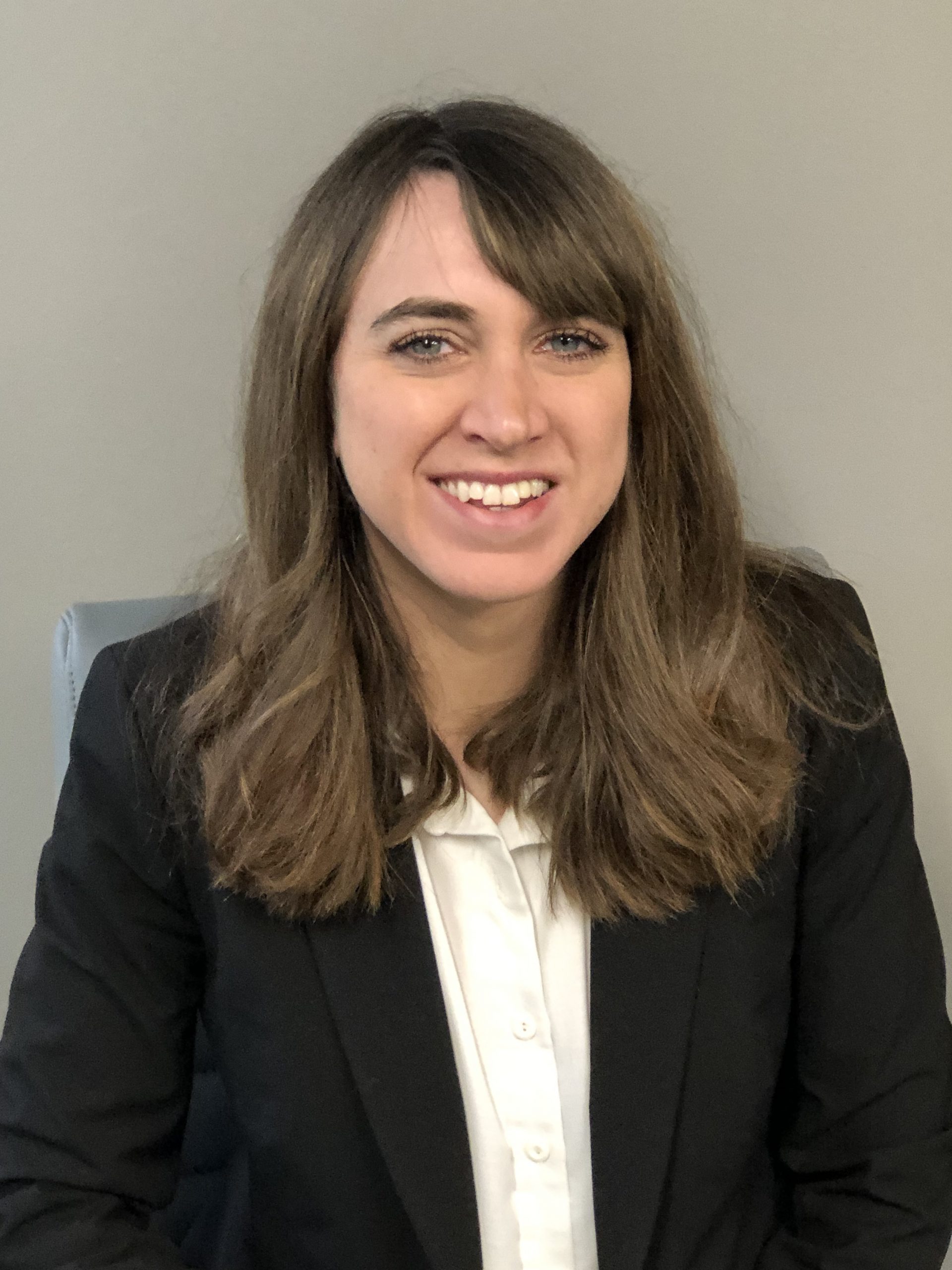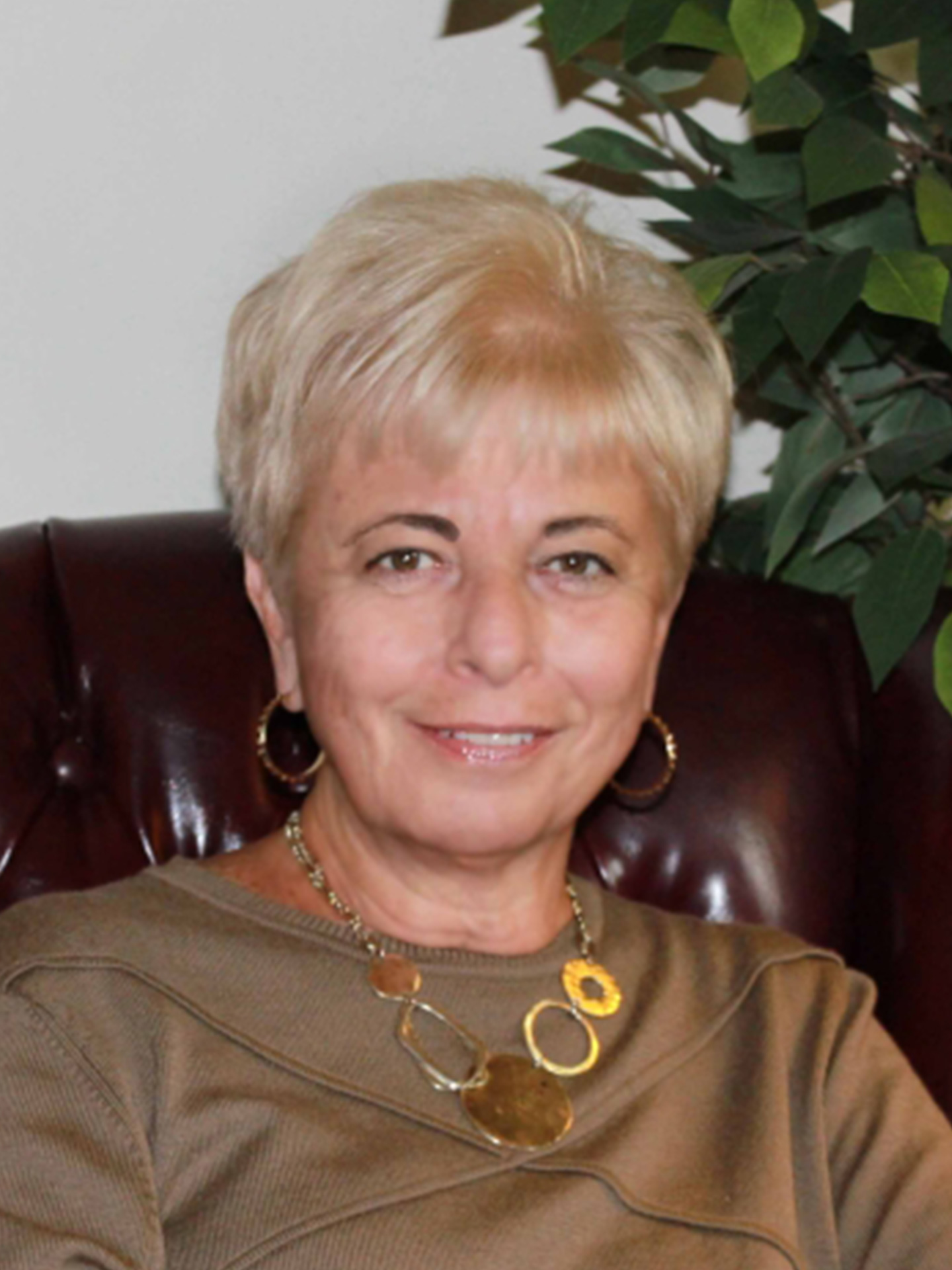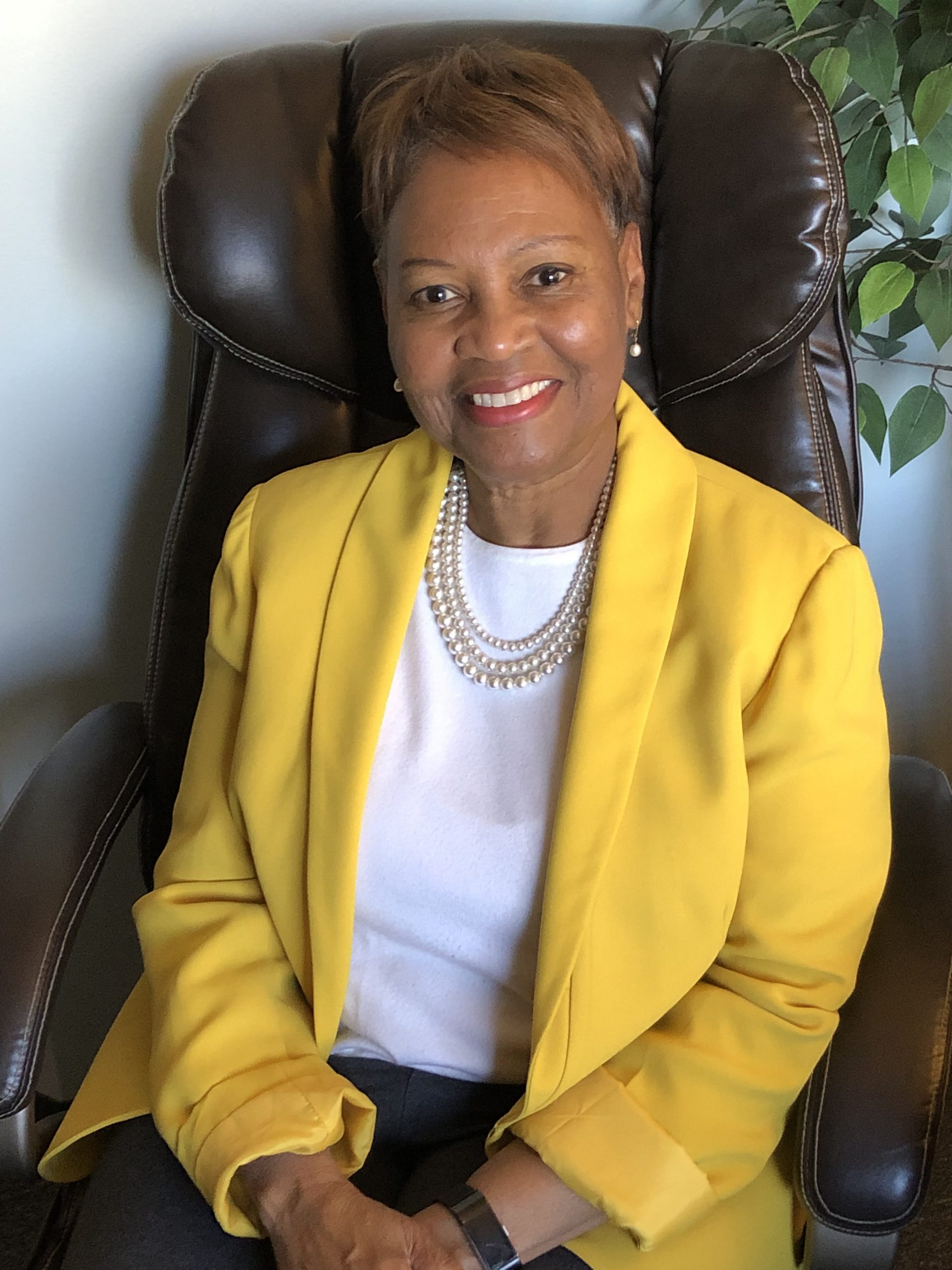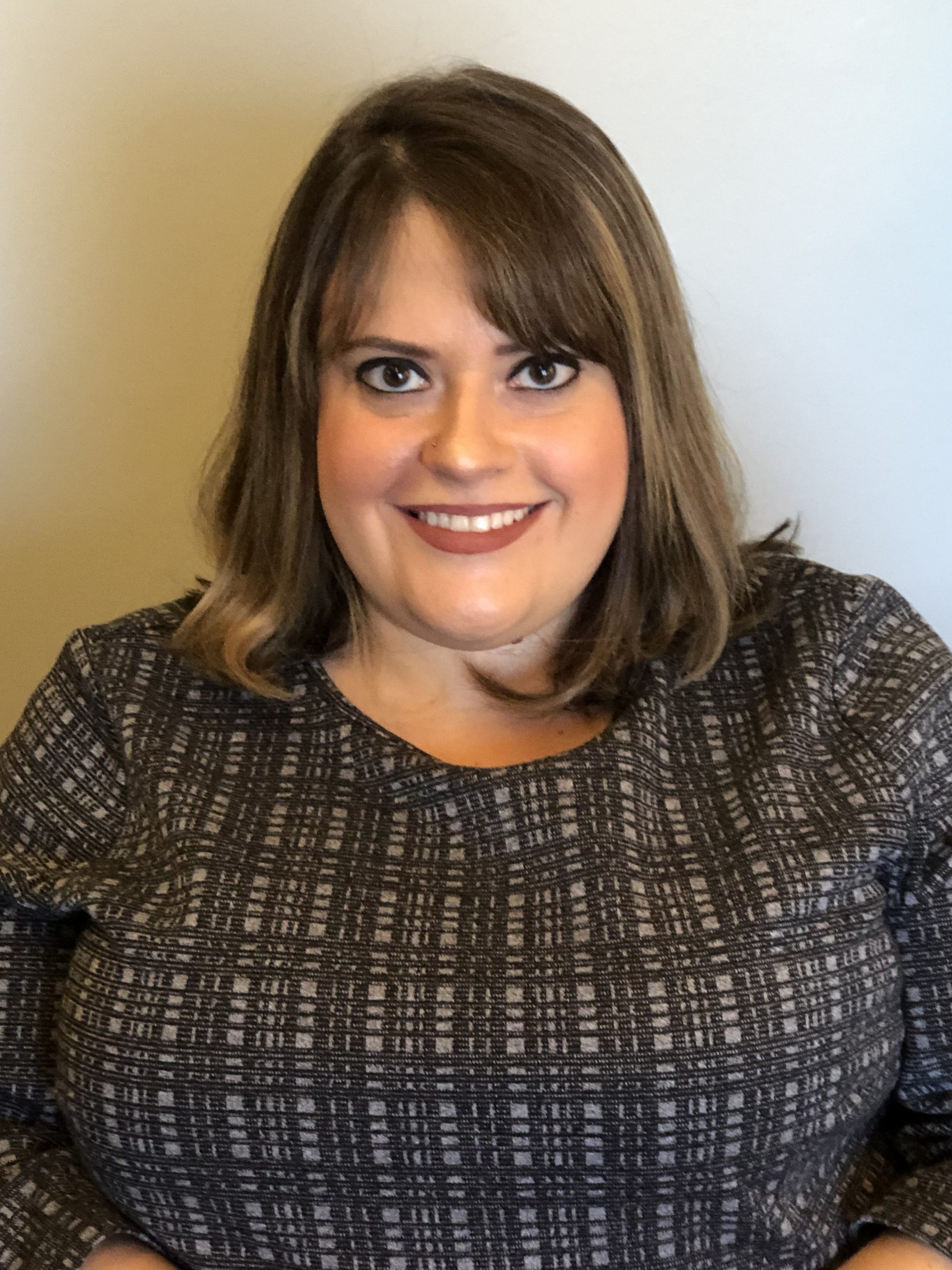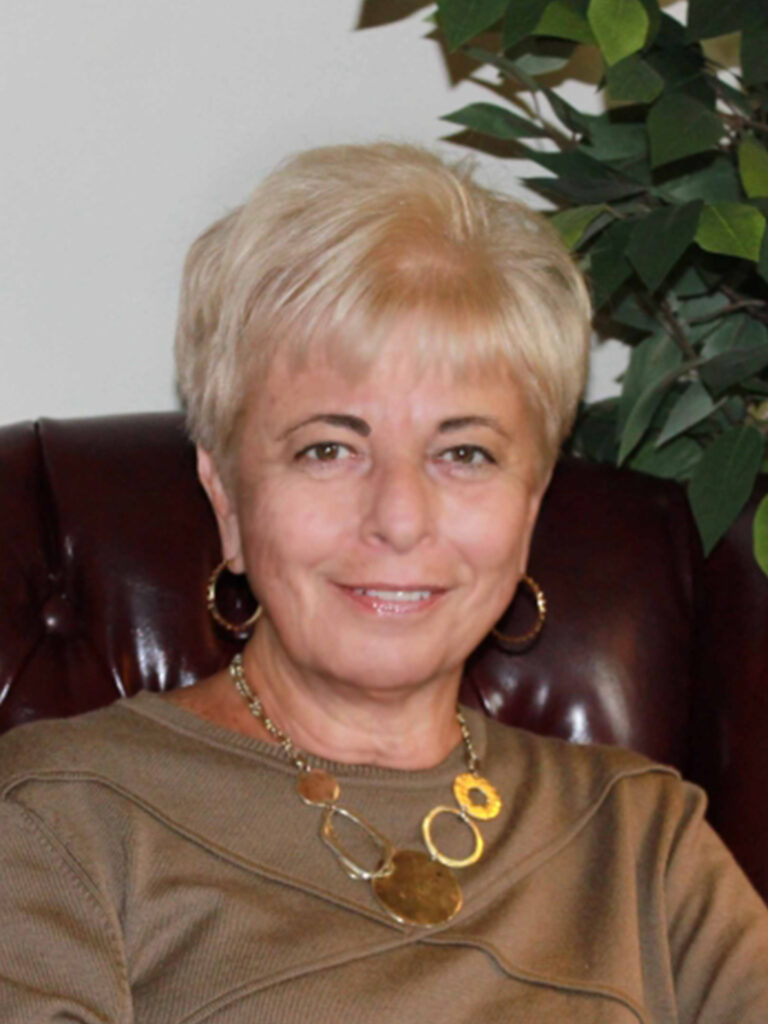In the WCPA spring newsletter, topics include social media’s impact on youth, the importance of attachment figures, Covid and loss, cultural competence, caregiver sibling resentment, and mental health stigma.
ARTICLES
- Social Media Comparisons: Our Youth’s Greatest Frenemy, by Julia Osborne, MSW, LMSW
- From the Director Who Are Your Attachment Figures?, by Mary Fitzgibbons, Ph.D.
- COVID and Loss, by Bryan Duckham, Ph.D., MSW, LCSW
- The Importance of Mental Health Professionals being Culturally Competent, by Dr. Charlotte V. Ijei, L.P.C., Ed.D.
- Caregiver Sibling Resentment Over Elderly Parents: Could This Be You?, by Lori Goldberg, MSW, LCSW
- Addressing Mental Health Stigma in Medical Settings Part 1: The Patient, by Amy Neu, MSW, LCSW
Social Media Comparisons:
Our Youth’s Greatest Frenemy
Julia Osborne, MSW, LMSW
Social media has connected us all in ways unimaginable to past generations. As adults, many of us are all-too-aware how social media has proven to be both a wonderful but also a challenging and, at times, discouraging experience; our youth, however, often lack this critical awareness. A study conducted by Sun et al., 2022, at Stanford Medicine found that about 25% of children received their first phone by 10.5 years old and over 60% of those children had smartphones. The study indicated that most children received their first phone between the ages of 11-13 years old, which is a critical time for any child’s physical, emotional, and social development.
Children in this age range typically begin puberty, which can cause a cascade of shifts in self-esteem due in part to hormonal changes, growth spurts, and peer influence. At this time, youth develop what Elkind (1967) calls Adolescent Egocentrism, or the belief that others are preoccupied with the child’s appearance or behaviors and the inability to differentiate their personal beliefs from the perceived beliefs of others. Because of this, the weight of their peers’ opinions increases dramatically. They begin to believe that adults cannot relate to them or understand their problems like a friend can, so they begin to ask other youth for life advice before a parent or other adult. This leads many young people to attempt to solve their problems using poor coping skills, such as food restriction and over-dieting, substance use, and self-harm.
These conditions lead to the perfect storm for the harmful influences of smartphones and social media. Children today are so easily connected with texting, video-chatting, and social media, that the expectation to stay in touch with peers has become astronomically high. It is inducing social anxiety in our youth at a greater rate than adults, according to the National Institute of Health. Youth express fears and describe experiences of losing friends if they do not “keep up the streaks” on Snapchat or respond within a few minutes of receiving a message or text from a friend.
Moreover, many tweens and teens are terrified of missing out on social experiences with their peers. Social experiences, with the help of smartphones, now encompass interactions that other generations may not perceive as impactful, like being included in a group chat, but these situations can have major ripple effects. All too often, middle schoolers’ group chats include a great deal of gossiping about others. Not being in a group chat can mean that the child is the focus of the gossip, which can evolve into isolation from the friend group in real world situations, like school and social events.
In addition to sharing videos, pictures, and texts, Snapchat projects users’ locations and a rating system for how frequently each user responds to others. This allows users to know where their friends are, if they are there with other mutual friends, and if that person is responding at a desired consistency. In sum, it makes it very easy to know if someone is being excluded and, in the case of direct messages sent to the excluded person about the social event, when that exclusion is purposeful.
Tik Tok and Instagram feature an onslaught of content that ranges from thoughtful advocacy to hateful propaganda. These apps primarily send customers media based on previously identified preferences – the apps attempt to send users more and more content that mimics what the user already follows, which can create an unhealthy echo-chamber experience. Users can find themselves bombarded with content from an unhealthy community, like “thinspo,” (eating disordered thinness inspiration), or an overload of misinformation based on public opinions.
Just as would be expected, public opinions are often body-shaming, diet-glamorizing, and hateful toward anyone who disagrees with the group. This, for many, leads to poor body image and entering the diet culture at younger and younger ages. In a study by Neumark-Sztainer and Hannan (2000), dieting was reported by 31.1% of 5th-grade girls increasing to 62.1% among 12th-grade girls. Disordered eating was reported by 13.4% of the girls and 7.1% of the boys. Understanding that thinness does not equate to health and that most images and videos are edited is hard enough for someone with a fully-developed, adult brain, but when children’s limbic systems are developing faster than their prefrontal cortexes, and tweens are being persuaded by their emotions and only beginning to develop abstract thinking and deductive reasoning, it would be preposterous to believe that our youth are not developing negative self-concepts using social comparison to others online.
In addition to negative thoughts about their bodies and images, youth are experiencing existential crises about their futures, long before launching age. Seeing “influencers” gain fame and fortune on social media formats by means of self-exploitation at younger and younger ages has led adolescents to feel like they are falling behind the curve when it comes to making a life for themselves. They voice concerns about their comparative lack of popularity and persuasion of others [or number of followers] and how well they have planned their future careers and lifestyles. Not to have a plan for the future by high school, for many, means to be unprepared for life and to be at risk of never accomplishing anything. This hyperbolic outlook contributes to adolescent dependence on social media, because they have started using it as an outlet to discover potential passions to pursue through their lifespan, which can be as defeating as it is inspiring.
To believe that young people, especially in early adolescence through young adulthood, are not engaging in self-comparison on social media is to have too high of expectations for them. No child is immune to online social comparison, unless someone in their life intervenes by stepping in and talking about how they view themselves and others. In doing so, low self-esteem or maladaptive cognitions can be identified and interrupted through discussions about the false realities of social media, developing realistic views of the self, and, critically, reduced time spent on social media.
Newly freed-up time can be channeled into real-life activities that not only engage the young person socially in a healthy way, but can also help them discover their personal passions and build their self-esteem – think team sports, art classes, playing in a band, or joining scouts. In addition, getting a young person engaged in activities that involve self-exploration, like journaling, can inspire helpful insights that will allow a child to see their personal value without external validation. Counseling intervention with a therapist the youth trusts can help further, when needed.
Notably, when users search for unhealthy topics, some social media apps provide responsive statements with links to healthy supports. This is a glimmer of hope for social media as a way to get youth connected with the resources they need to support their mental health, but there is nothing else in place to prevent children from exploring a world that could severely harm them as they develop. Caring adults need to be talking to their adolescents about social media, to ensure that they are using it safely and that they understand that most of what they see online is not a real representation of others. Social media is never a reliable, accurate, or healthy source for self-comparison.
Julia Osborne, MSW, LCSW
With mental health experience working with a multitude of populations, I currently am accepting clients with all clinical issues. I enjoy working with adolescent clients in the clinical and school settings, dealing in large part with school-related behaviors and anxiety, and adult clients as well. My professional passions include individual, couples, and family therapy. Employing evidence-based practices, I frequently utilize cognitive behavioral therapy and psychodynamic therapy, to best meet my clients’ needs.
From the Director
Who Are Your Attachment Figures?

There is probably nothing more beautiful and intense as watching a nurturing mother look into the eyes of her infant child. There is probably nothing more critical to a child’s development than having this ongoing experience with her mother or caregiver. What the child sees in her parent’s face is a precursor of healthy or unhealthy emotional development. This can determine this child’s development style, from healthy attachment to others to avoidant and ambivalent relationships.
Psychologists like Bowlby and Winnicott tell us there are two behaviors that describe healthy attachment – mirroring and attuning. In mirroring, the child looks at the mother’s face and sees in her the reflection of himself. He also looks in her face and sees the value of himself. This is critical, because if mother (or caregiver) is emotionally distracted or unavailable because of stress, fear, anxiety, or their own inability to nurture, the infant perceives himself as being unlovable because the mother’s face doesn’t project love. In fact, psychologist Mary Ayres says that the consequence for those who miss out on being mirrored adequately is a primary sense of shame. The result of this sense of shame is a felt sense of being unlovable or somehow defective.
The next behavior is attuning. In successful attuning, the caregiver is able to emotionally join in with the child. She is matching the baby’s tone and emotion, whether the baby is expressing anger, fear, joy, or distress. Mother is conveying that she senses what the baby is experiencing. Mother does this through her words, voice, and touch. The baby feels understood. However, in order to be attuned to another, it’s necessary to be attuned to oneself. This means that we don’t negate our feelings. We don’t stay distracted so that we neglect our feelings. Through our feelings, we come to know ourselves. Attuning to ourselves allows us to become attuned to others. When we are attuned to others, we are able to tap into their emotional needs; they feel a sense of security and safety with us, and they are able to be open with their feelings.
We speak of these behaviors generally in terms of early child development. But they exist in relationships that go beyond early caregivers. In varying relationships, we are able to develop a healthy attachment. For example, teachers can be secondary attachment figures. Children who may not have had healthy parenting from early caregivers can feel that sense of being cared for and valued by a teacher who develops an emotional tie with his students. He cares about their emotional and academic needs. Most importantly, the students know that they are cared for. I had a French teacher in high school, Sr. Ann Francis. Besides being an excellent teacher, all of her students had the sense that she cared about us. Occasionally she would tell very funny stories on herself. I loved her stories. They made her sound very real and very human. Years later, a few of my high school friends and I decided to visit her convent in Kentucky. Of course, we were all hoping that after many years she would remember us. Not only did she remember us, she was able to tell a story about each of us that she remembered from our high school days. I know that she could not have been aware of the impact she had on our lives.
Loving grandparents, aunts and uncles, or older siblings can all be secondary attachment figures. Hopefully, we all have a few of these people who have impacted our lives. There is a beautiful Irish movie that came out recently called The Quiet Girl. It tells the story of a nine-year-old girl who lives in a harsh poverty-stricken home with an alcoholic father and harried mother and numerous siblings. She appears very quiet at home and at school. She has no friends. She barely responds when asked a question and spends most of the time by herself. An aunt and uncle offer to take her for the summer. At first, she is very quiet and withdrawn. However, from the beginning, her aunt and eventually the uncle show her consistent kindness and caring. Slowly we see the girl come into her own. It is as though her personality awakens. Throughout the movie, viewers see multiple instances where she is mirrored and attuned to.
Sue Johnson, author of the book Hold Me Tight, discusses Attachment Theory in marital relationships. She talks about the ability to be tuned into our spouse, letting the other person know that we understand them. In other words, we “get them.” Marriage can be very difficult. We often stop trying to know our spouse within a few years after the wedding. Children come and we have no time for the other. In fact, the person that we wanted to spend a lifetime with is often the person from whom we are most distant. In good marriages, each person has a sense of safety with the other. We feel that there is someone who “has our back.” That person may not agree with us, but they want to understand us; they want to know us. They’re the person who says, “I feel badly for you,” when we’ve had a bad day. They’re the person whose face lights up when we walk into the room. We see in their face the value that we have.
The therapeutic process is an excellent example of an attachment relationship. Empathy, in the form of attunement and mirroring, is the basis of the therapeutic relationship. The therapist empathetically attunes to the client by tuning into and resonating with their experiences. In the process, the therapist maintains his or her own presence and identity. It is not about becoming the other, but rather momentarily experiencing what the client experiences, whether it be emotional or physical. This implies that the therapist is attentively listening. He or she responds in a way that tells the client that the therapist is actively engaged. The client experiences the sense that they are understood. The therapist “gets” the client.
As we can see the mirroring and attunement process is critical to our well-being. Being conscious of how we relate to others can have extraordinary benefits for them and for us. The questions we may want to ask ourselves are: who have we attached to? Who has attached to us? Who was instrumental in our emotional development?
– Mary
COVID and Loss
Bryan Duckham, Ph.D., MSW, LCSW

“The pandemic is over!” These pronouncements from the top simply reflect what everyone is experiencing – the world has re-opened. The previous concerns about infecting, or being infected, are giving way to a more relaxed approach to being with friends, family, and participating in public and social events. People are resuming in-person relationships and the activities previously experienced. Many are making up for lost time by traveling or taking on a new hobby. Nevertheless, as one keeps their ear to the ground they hear rumblings, a lingering sense in the zeitgeist of what was lost during the shutdown. COVID led to a wide array of losses including life, money, interpersonal connection, and activities that give purpose and meaning.
A counseling axiom I heard early in my career as a therapist was “you can’t know what you lost until you begin to get it.” This statement reflects the idea that grief over loss surfaces, or is compounded, when one has the experience of getting what was lost. The psychologist, Carl Rogers, had a way of thinking about this paradox. He is credited with developing the concept of “congruence” and “incongruence.” Essentially, Rogers suggested that unpleasant emotions occur when there is a discrepancy between the experienced self and ideal self (incongruence). These “unpleasant emotions” can include guilt, hurt, sadness, and anger, among others – feeling states created by the pandemic. As one becomes congruent by experiencing what is ideal (the return to meaningful relationships and activities), these feelings intensify and demand release.
If Rogers is correct, this would indicate that, post-COVID, much grief is floating about demanding an outlet, lingering and haunting reminders of what was lost: serious losses such as the friend or family member who lost their life, the high school prom that didn’t happen, the not being able to say goodbye to the dying parent in a nursing home, the isolation and lack of purpose. Since grief can be experienced in healthy and unhealthy ways, it makes sense that we would experience indications of both in our social worlds.
Dealing with grief means negotiating certain stages and feelings. Although many ideas exist regarding the type and number of stages one may go through in grief, and the timeframe to grieve varies, grief universally means accepting and expressing painful feelings and working with the ways one copes with feelings. Healthy signs of grieving include the ability to be sad and cry, to be able to understand that the guilt one may feel is related to the difficulty accepting anger, and to lean into the anger. Signs that one may be stuck and in need of help with grief can be irritability, lack of motivation and energy, feelings of hopelessness and helplessness, dread, panic, or excessive anger or rage, to name only a few. These kinds of symptoms are an indication that one may be in need of professional help to facilitate the working through of the grief process for one to reclaim or discover a newfound sense of purpose and meaning.
The Importance of Mental Health Professionals
being Culturally Competent
Conscious and Subconscious Biases
(Hidden Biases of Good People)
Dr. Charlotte V. Ijei, L.P.C., Ed.D.
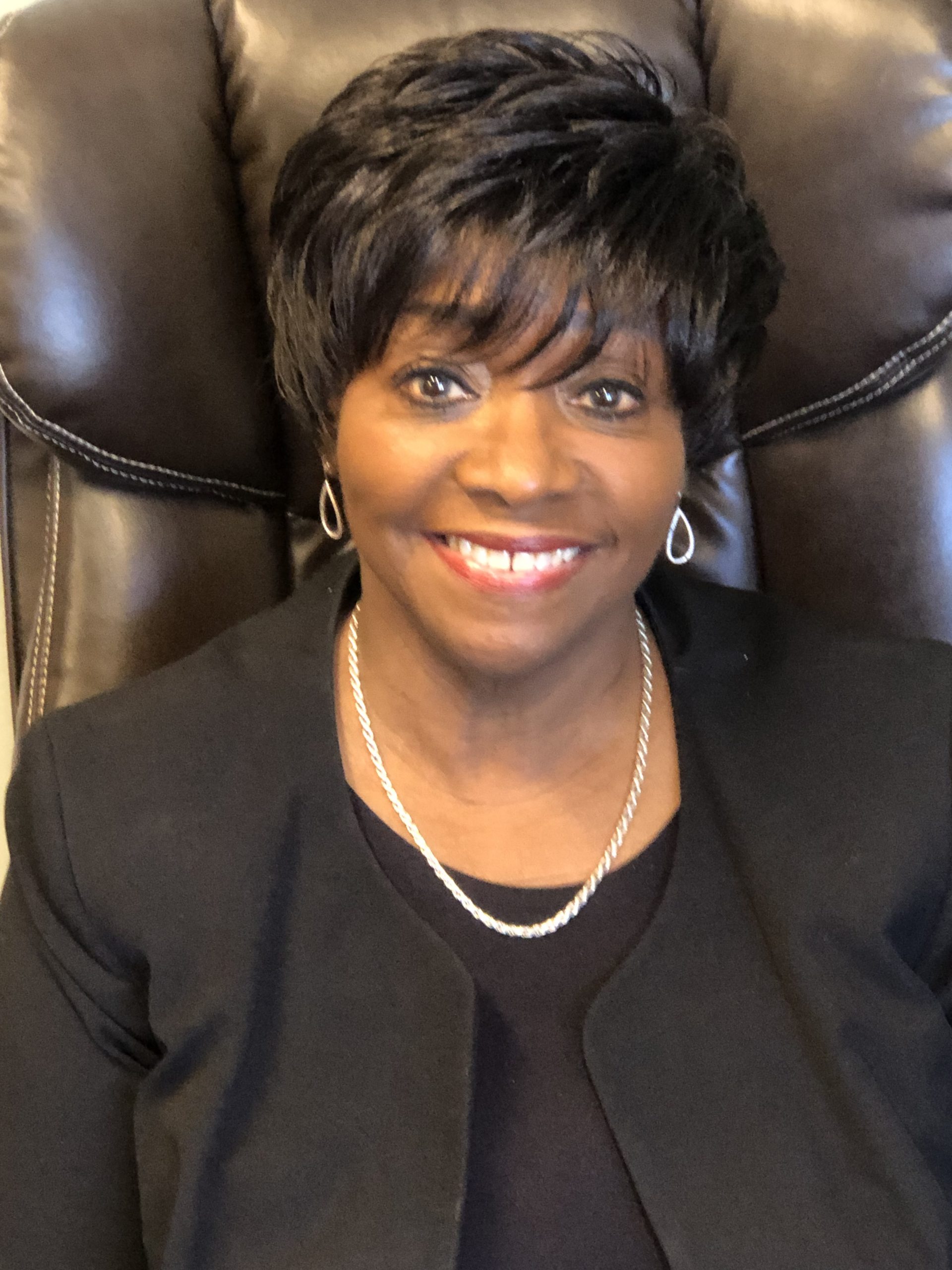
Riddle: A man and his son are driving in a car one day, when they get into a fatal accident. The man is killed instantly. The boy is knocked unconscious, but he is still alive. He is rushed to the hospital and will need immediate surgery. The doctor enters the emergency room, looks at the boy, and says, “I can’t operate on this boy, he is my son!” How is this possible?
Congratulations if you were able to solve the riddle. We all have biases. Some of the biases are known to us and other biases hide very deep in the subconsciousness of the brain. Because we have all been socialized differently, it is hard to imagine anything other than what we know.
The socialization process begins when children are in their early years. Because of bias, we often give our children misinformation, missing history, and biased history that leads to stereotypes about any groups whose cultures are different from our own. This information is reinforced by people, systems, and institutions we know, love, and trust, through continued stereotypes and distortions. Some of these institutions are family, neighborhoods, education, media, government, houses of worship, economics, and class. If we do not purposefully interact with, understand, and study people who are not members of our own groups, we carry those stereotypes throughout adulthood, and they become a part of our belief system.
The way we were socialized can influence our decisions today, producing discriminatory outcomes. How we view others who do not share the same “cultural” norms as we do can interfere with decisions we make. If we are in a position of power to hire employees, we can form opinions about who can or cannot do the job based on subconscious and conscious biases that have not been dealt with, due to the thinking of what society considers as the norm to follow. Who and what influences our social group? People who do not believe or look like us are usually left out of our social circles if we do not get to know people unlike ourselves. The way we were socialized could keep us in our comfort zone, which causes us to make mental judgments about all others who do not “fit” within our social group.
Mental health professionals cannot afford to take a chance of not understanding their clients or students “whole selves.” Understanding our own biases will ensure we are able to assist with the healing aspect of those whom we serve.
For mental health professionals and school mental health professionals, cultural competency is the ability to provide mental health services that can acknowledge cultural differences between the client or student and the professional. The more the clinician knows about clients’ or students’ culture, ethnicity, or background, the more likely clients and students will feel comfortable in therapy. When the professional is culturally competent, having prioritized their understanding of a client’s or student’s background, gender, abilities, sexual orientation, ethnicity, religious or nonreligious beliefs, and other factors, and connecting this important knowledge to mental health services, it enables clinicians to accommodate and respect differences in opinions, values, and attitudes. At the same time, it is important to be aware that no group of people is monolithic.
The book, Blind Spot: Hidden Biases of Good People, written by Mazarin R. Banji and Anthony G. Greenwald, talks about “mindbugs.” These are ingrained habits of thought that lead to errors in how we perceive, remember, reason, and make decisions. The eye receives, the brain registers, and the mind interprets visual and audio information. If we don’t bring these ingrained thoughts to the conscious level, they lead to negative stereotypes capable of oppressing certain cultural groups. For example, mindbugs can get in the way of mental health professionals’ ability to help in a crisis if they are unfamiliar with a client’s or student’s religious or non-religious beliefs. Therefore, mental health professionals must understand their own cultural biases to become culturally competent professionals.
There will always be differences within the same cultural group. However, culturally competent mental health professionals are continually working on their own subconscious and conscious biases to support all their clients and/or students. We begin to understand the richness and beauty of the tapestry when the world connects, and we get to know and appreciate each other.
By the way, what was your first thought about the riddle? Remember, we ALL have biases.
Caregiver Sibling Resentment Over Elderly Parents:
Could This Be You?
Lori Goldberg, MSW, LCSW
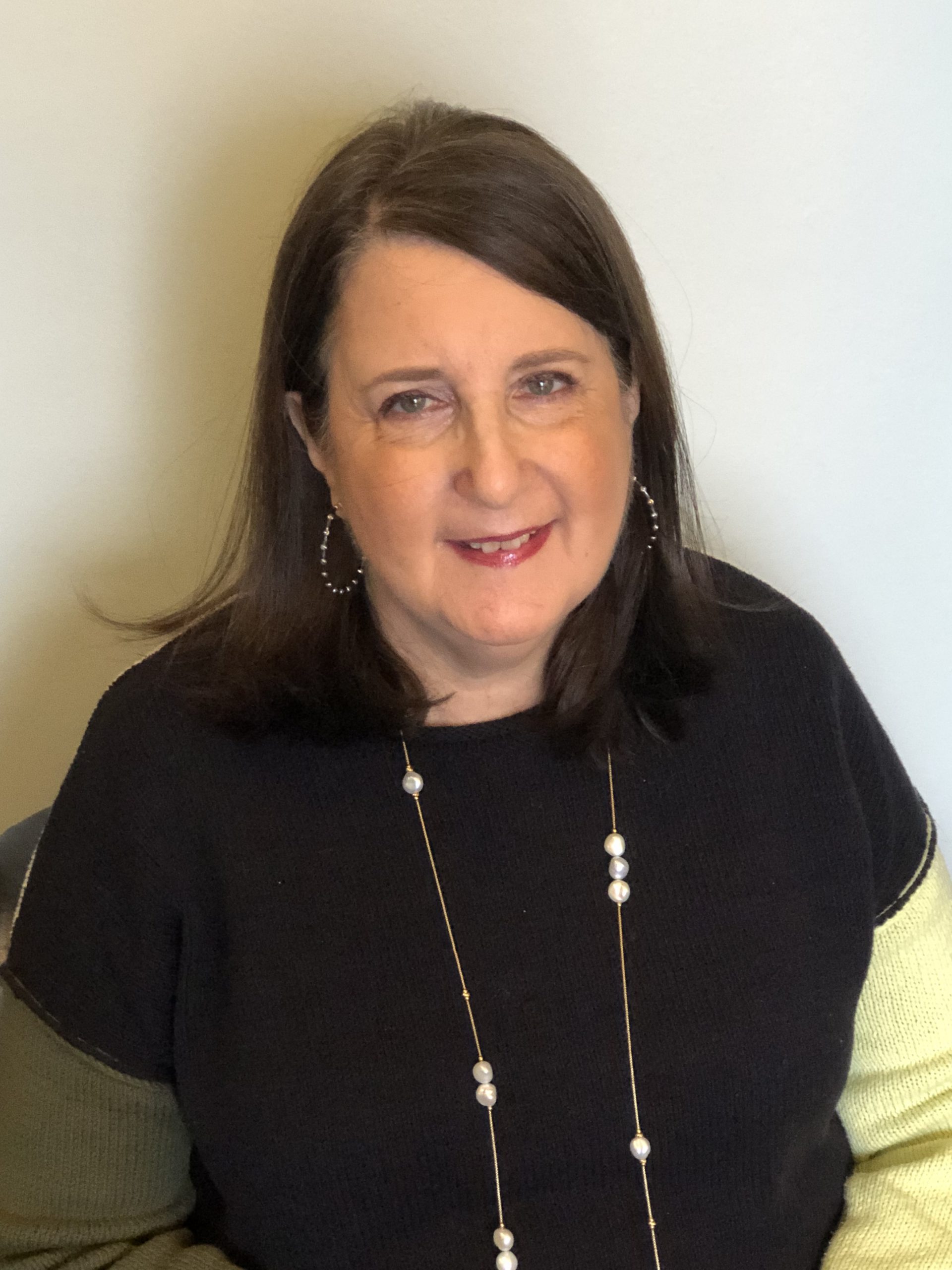
Is caring for your elderly parents causing tensions between you and your siblings? Have your sibling relationships deteriorated due to disagreements about care for your parents? Arguments often flare up over issues like sharing responsibility for private care, methods of care, money, inheritance, and emotional problems. Even siblings whose bonds remain strong say caring for an aging parent often takes a toll on their relationship.
These conflicts often come as a surprise. No one anticipates that they will be thrust in to emotionally charged interactions with their siblings. It is a shock to go from seeing your siblings at family dinners to navigating parents’ needs together daily. Often, long buried grievances resurface. Siblings can fall into the resentment trap, asking, “Why is this on me?” “Where is the help?”
One of the biggest reasons for sibling resentment is perceived “favoritism.” When one sibling seems to be a parent’s favorite, it can cause other siblings to become angry with the favorite child or with their parents. Adult children often internalize a perception of favoritism. Regardless of when or how this perception of favoritism comes about, it can often cause tensions and rifts between siblings in their adult years – especially when discussing care for aging parents.
Duties and roles of care for parents can also cause sibling conflicts. Some adult children might think everyone should take care of their parents, while others think that it is not their job as adult children. Some may think that putting parents in a nursing home or paying for in-home care is sufficient. Other family members might believe that adult children should provide hands-on care for their parents.
Geographical distance can add to the conflict for siblings. If one sibling lives closer to their parents, those farther away may feel less responsibility. The closer child might feel guilty if they don’t or can’t care for their aging parents. They might also experience caregiver burnout and resentment of the siblings who seem to bear less responsibility for care.
Regardless of the causes, what are some strategies that adult siblings in this situation can use?
Listen Well An excellent way to begin working together is to listen to each other. Take time to ask questions and make a point to try to understand your sibling’s point of view. Listening well can be challenging, but it is a powerful way to move forward positively. It often helps to ask, “Can you tell me more about that?” Listening can help deepen understanding and trust for all parties involved.
Find Common Ground It is also beneficial when dealing with family disputes over elderly parents to find a common ground. For example, you might all agree that none of you will personally take care of Mom and Dad. It could also be as simple as starting with a general plan of care.
Learn to Compromise Making compromises does not mean that you lose the argument, though it might mean that you will not get exactly what you want, exactly how you want it. Remember that you are seeking to do what is best for your parents, but what you think might be best may not be what your sibling thinks is best. Compromising provides a way for all parties involved to do their part.
Involve a Third Party If you can’t have productive conversations, consider bringing in a third party. The third party could be a professional mediator, medical provider, therapist, religious leader, or professional care manager. A third party could help facilitate and guide discussions while seeking to provide what’s best for your parents. Since they do not have any emotional or relational issues with you, your siblings, or your parents, a neutral third party can offer outside advice that is helpful and constructive.
In an ideal world, we’d all work together harmoniously to give our parents the best end of life in return for the love and support they gave us. It rarely – if ever – works out exactly as we would like it. But that doesn’t mean we shouldn’t try our best.
West County Psychological Associates has trained professional counselors who specialize in senior care issues. You can reach us at 314-275-8599 or see information about our therapists at www.wcpastl.com.
Addressing Mental Health Stigma in Medical Settings
Part 1: The Patient
Amy Neu, MSW, LCSW

“I dread going to the hospital…I have to explain myself every time and prove to them I’m not ‘crazy.’ I’m there feeling terrible, but need to be on my ‘best behavior’ so they can see I really do know what’s happening and what I need.” – Client with cancer and schizophrenia
A common fear for people who have both a diagnosed mental health disorder and a physical illness is that they will enter a medical setting only to have their symptoms dismissed. Clearly, there are many facets of this topic. In this article, we will focus on individuals with mental health issues who are navigating the medical system. Next time, we will discuss the experiences of medical providers and residential facilities, and the final article will discuss strategies for family members and loved ones who support an individual with physical and mental health issues.
The client’s statement above exemplifies what studies have concluded about the experience of people with mental illness and the medical system in the U.S. The article, “Mental Illness-Related Stigma in Healthcare: Barriers to Access Care and Evidence-Based Solutions” states, “Mental illness-related stigma, including that which exists in the healthcare system and among healthcare providers, has been identified as a major barrier to access treatment and recovery, as well as poorer quality physical care for persons with mental illnesses.” Furthermore, “People with lived experience of a mental illness commonly report feeling devalued, dismissed, and dehumanized by many of the health professionals with whom they come into contact.”
Common questions clients often wonder include: Will a doctor take my physical concerns seriously? Will they assume that it’s an issue with my psych meds? Will medical staff be watching my behavior more closely than other patients? Will doctors believe me and treat my medical issues accordingly? Essentially, patients in this situation fear that in a quick-paced medical setting, their physical concerns will be overlooked, downplayed, or go untreated. There is fear that if they speak up about a concern of being overlooked, the provider will again point to a mental health issue; that they are being “anxious” or “paranoid.” In reality, when we look at past experiences of the patient coupled with conclusions of studies which highlight the barriers people with mental health issues face in medical settings, their concerns make a lot of sense.
How, then, can someone with a mental health diagnosis prepare to interact with medical systems? In sessions with clients who are facing medical stressors, therapists often discuss several key points: What have their previous experiences with the medical system been like? How do they feel about their current providers? What skills can they use to communicate with healthcare providers effectively? Who are the supportive people in their lives who can help? As we gain a better understanding of our experiences, both positive and negative, we get more information about what drives us and scares us. Negative experiences in the past can inform how we feel going into new experiences, even if the providers or situations are different. Mental health stigma in society, institutions, and from individuals impacts how we have been treated and how we anticipate new situations.
Once we understand how our past experiences have affected us, we can begin to mindfully address our needs in the present. Individuals in this situation can bring to mind what they need now and what they CAN do. For instance, we can learn new communication skills to advocate for ourselves or request support to amplify our voice. We can track physical symptoms or side effects in a daily log to bring to appointments with doctors to help guide our discussions. We can purposefully seek out doctors that listen and respond to our needs in a meaningful way. Yes, each of these tasks take time, energy, and focus. We can acknowledge the difficulty of these tasks while understanding that working toward these goals together will help our overall well-being in the long run.
It is daunting to face a large system alone. Clients in this situation are encouraged to seek out the individuals in their lives who help them feel seen. This could be anyone from a close family member or friend who could help them advocate for themselves to a friendly receptionist at their doctor’s office. When we find the good people, the individuals who make up a larger setting, then the system feels more manageable. We can focus on one good interaction at a time as a touchstone to generate more positive exchanges. We are better able to remind ourselves that we matter and that we are human beings with needs worth discussing.
It is particularly difficult for people with mental health diagnoses to navigate the medical system for a myriad of factors. If you or a loved one would benefit from support, please reach out to WCPA to be connected with a therapist who can help.

